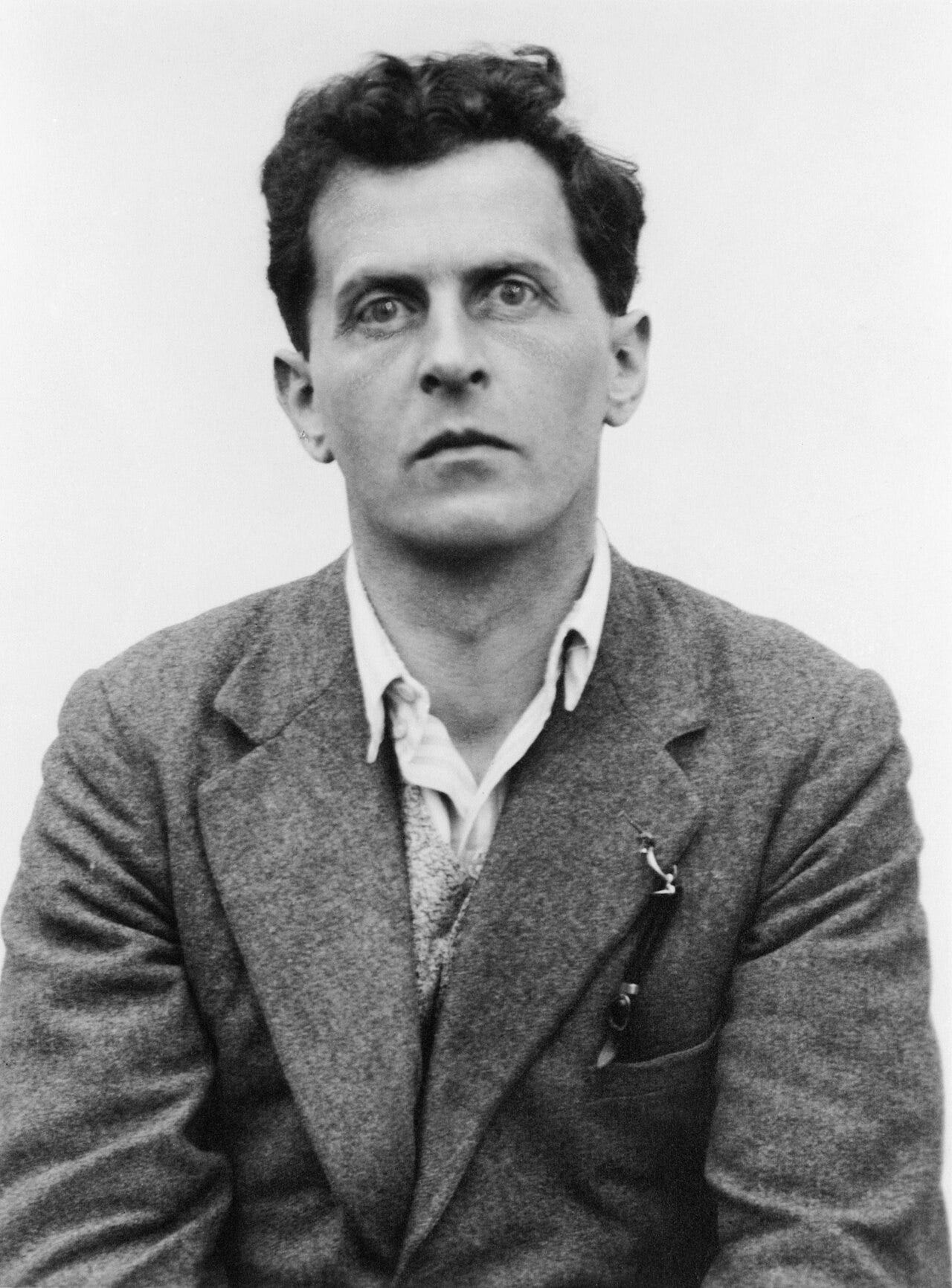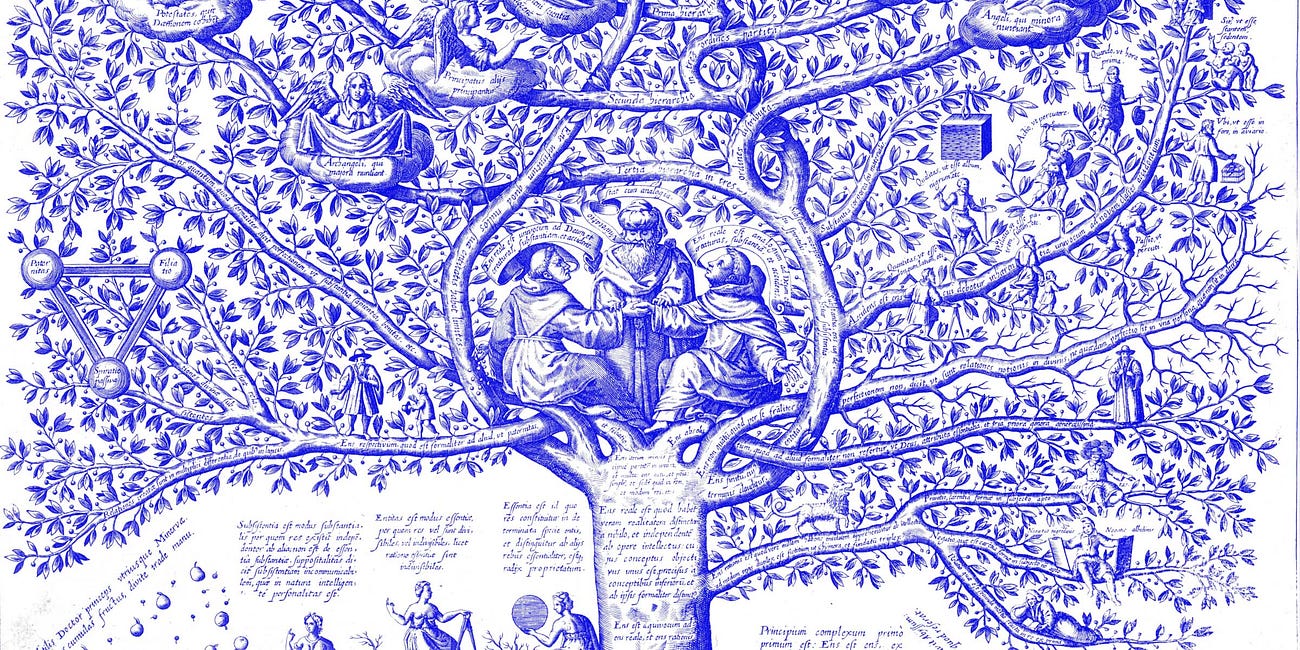A few nights ago, I was discussing my thoughts on “liberty” and “freedom,” when someone asked if I had read Sir Isaiah Berlin’s essay on the “Two Concepts of Liberty.” Last night, I took a look and read it.
The essay is interesting, and at first, I got caught up in the way the “John Locke prize-winning,” Sir Isaiah Berlin OM CBE FBA splits liberty into two main types. But these two poles are fake — his division sounds clear, but it doesn’t match what liberty and freedom actually mean.
Isaiah Berlin’s conceptual analysis of “liberty” commits an ontological error by confusing the boundary condition (liberty) with the actions and capacities exercised within it (freedom). It turns out that I’m not alone in this analysis, as Ludwig Wittgenstein also rejected Berlin’s argument in 1940.
This shift — magically moving the idea of liberty from the structure itself to the content within — creates confusion in both philosophy and politics.
The word “liberty” means a boundary — a specific zone within which you are allowed to act without interference from outside authority. This structure is what defines where freedom is possible; it’s the legal, social, or customary line that defines the limits of your action.

Freedom is what you do inside that protected space. It is the range of choices, actions, or self-expression permissible within the boundary. The two ideas are fundamentally different: liberty is the boundary condition (the edge), freedom is what happens within liberty. Conversely, liberty also defines what happens if the limit is exceeded.
Berlin starts off by drawing this line, describing liberty as “the area within which the subject… is or should be left to do or be what he is able to do or be, without interference by other persons.” But then his discussion — especially his categories of “negative” and “positive” liberty — shifts away from the existence of the boundary and toward internal feelings, personal will, and the idea of self-mastery.

The Shrine of Attis is an ancient religious site dedicated to the Phrygian godis, associated with fertility, rebirth, and the cycle of life and death. It was part of the cult of Cybele, the Great Mother goddess, and involved rituals that celebrated the seasonal cycle and agricultural fertility.“Positive liberty,” for Berlin, becomes the freedom to be your own master, to realize your “true self,” or to achieve self-mastery. This isn’t a definition of a boundary at all, but a statement about your inner life or psychology.
Treating these internal states or self-help ideas as “liberty” collapses the difference between having a protected space and using it. Suddenly, you get a list of “kinds” of liberty that are really just different ways of being free. This move — from boundary to content — causes confusion, because it detaches the idea of liberty from corporeal (real), observable conditions and floats it into vague or abstract imaginary categories.
This confusion is not just a problem for armchair philosophers. In plain terms, all the real action in politics and power struggles is about defining the boundaries — who gets to draw them, who can change them, and who enforces them. Realpolitik is nothing but a battle over these lines, whether they’re called rights, laws, customs, or national borders. Whoever defines the boundary controls the space of freedom inside it.
Berlin’s move to collapse liberty into freedom undermines clear thinking about how power actually works. Without a clear distinction between liberty (the boundary) and freedom (what happens inside it), any political debate risks turning into an argument over subjective feelings (sound familiar) rather than a real analysis of the forces that shape our lives.
In short, Berlin’s famous “two concepts” create more meanings than they solve, leaving readers with a fuzzy sense of liberty that is hard to defend or use in practice.
A 2200-year-old epistemological war plays out through the manipulation and control of perception around the words “liberty” and “freedom.” The rebranding and reframing of these terms shape not only philosophical debate but also public consciousness.
Nowhere is this contest more powerfully visualized than in the 300-foot-tall statue in New York Harbor of the castrated shepherd Attis — presented to us by Freemasons as “Liberty.” This emblem encapsulates the persistent and often covert struggle over meaning, power, and the ability to shape collective understanding through the language of liberation.
Berlin’s essay is an example of what I call “weaponized bafflegab.” By blurring the ontological line between liberty (the boundary) and freedom (the action), Berlin’s argument presents ambiguity in a way that feels like trying to argue about the emperor’s clothes, only now you’re doing it in a tub of Jell-O.
It’s true, Berlin makes some good points about the need for boundaries, the importance of limits as part of being human, and the value of social consensus in supporting practical liberty. He notes that these boundaries can come from natural rights, religion, utility, tradition, or shared cultural goals. These rules get their power from being widely accepted and deeply rooted in how people perceive their word-based reality.
But when these basic boundaries get folded into endless, shifting definitions — when “liberty” is made to stand for both the wall and the action inside it — what comes out is ontological chaos. The sharp insight about the need for a minimum zone of non-interference gets lost in a blur of shifting meanings, with each kind of boundary rebranded as a new form of “liberty”.
This is an active technique in the ongoing war over who controls thinking. When basic terms become unstable and open to endless reinterpretation, real conversation breaks down and power passes to those who control the conversation. The confusion in Berlin’s essay isn’t an accident; it’s a symptom of this deeper conflict.
Berlin’s position at Oxford — and by extension, the roles of Oxford and Cambridge — puts these institutions in the position of the Pentagon of EpiWar™️: command centers for the battle over who controls knowledge and meaning. Through their rituals, traditions, and influence over language, they coordinate campaigns of conceptual control, training new generations to fight on the battlefield of words and ideas. Berlin’s essay is both a product and an instrument of this wider strategy, ensuring that the debate over liberty stays unsettled and always under the control of those who set the terms and control the conversation.
How to Fight Back Against Consciousness™
This commentary was written in response to the Berggruen Institute’s 2025 Prize for Philosophy and Culture, which invites contributions on the theme of Consciousness. Berggruen suggested topics include: the origin of co…













I keep thinking the physics/mathematical term "degrees of freedom". For instance, when considering movement which may be limited on one or two dimensions, but "free" in the others. In that sense, the word "freedom" is being misused and indeed in some texts that distinction is described as "degrees of liberty".
The "box" in which mankind currently resides is "Continuity of Government", whereby the prime directive is "those in power must remain in power at all costs". The USG has plans for the government to remain in place even in the case of total nuclear devastation - that is, that even if humanity is to be obliterated, the government will survive. So much for "by, for and of the people" lol. The dimensions of the box may have been smaller or larger at various times, but the box has always existed.
The good news is that, as avid fans of "Flatland" should know, there are infinite dimensions. The "box" in which humanity currently "enjoys" whatever "liberty" is granted to it, has finite dimensions. Those who believe in souls know that the "box" does not contain our souls. More "pragmatic" people should at least understand that the box also does not contain our free will - our ability to perceive, or as Peter (and others, of course) call it: "Logos". To escape "the box". we need to "move" in a direction along the axis that removes us from the dimensions of "the box" completely.